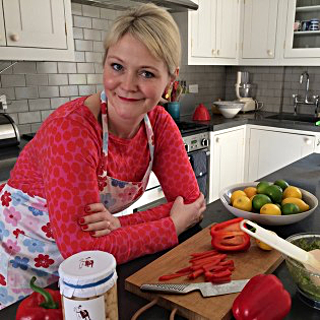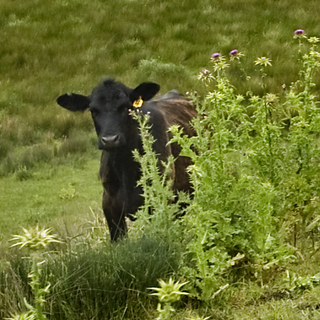May 11, 2015
- “Tsukushi, what I had thought was a regional wild vegetable foraged only in the countryside of Japan, was in fact horsetail, an unbridled New England weed. Years living in Japan had allowed me to see my own backyard anew. It was a revelation.” Eat weeds.
- “How can the wisdom around such a simple food get so universally bungled?” Cook polenta.
- “After the policies were enacted, trends in the prevalence of overweight-obesity leveled off among students attending schools in more disadvantaged neighborhoods but declined among students attending schools in neighborhoods with the highest income and educational levels, according to the study.” Regulate competitive food and beverages
- “Pigs have … been beset by snobbery, given that pork has regularly provided calories to the poorest members of society. After the Black Death carried off a third of Europe, demand for meat plummeted and so did prices. Peasants started eating pork; uppity nobles chewed on birds and beef instead.” Respect pork.
- “‘We try to adhere to a ranger dress code,’ he told me as we wended our way through the backroads of Williamson County, in Central Texas. ‘No mustaches, no beards. You can’t wear a black hat. Bad guys wear black hats. It’s an old Western thing.’” Catch rustlers.
You can have my selected links — and news of each new episode — delivered straight to your inbox by signing up for the email newsletter.

 By great good fortune, there is nothing I cannot eat. There are a couple of things I’d prefer not to eat, but nothing, at least as far as I know, that would make me ill. As a result, I am fascinated by people who have to forego certain foods to stay well. I used to follow someone on the web who swore that something called the Specific Carbohydrate Diet™– which, I learn, apparently requires initial caps and a TM symbol — was the only thing that kept her alive. I never really investigated further, because that was before I had a podcast to feed and she more or less stopped writing about it. So when the chance arose to talk to someone who is living with the disease and the diet, I leaped at it.
By great good fortune, there is nothing I cannot eat. There are a couple of things I’d prefer not to eat, but nothing, at least as far as I know, that would make me ill. As a result, I am fascinated by people who have to forego certain foods to stay well. I used to follow someone on the web who swore that something called the Specific Carbohydrate Diet™– which, I learn, apparently requires initial caps and a TM symbol — was the only thing that kept her alive. I never really investigated further, because that was before I had a podcast to feed and she more or less stopped writing about it. So when the chance arose to talk to someone who is living with the disease and the diet, I leaped at it.
 What kind of business wants customers to buy less? The beef business, or at least, one tiny corner of the beef business.
What kind of business wants customers to buy less? The beef business, or at least, one tiny corner of the beef business.